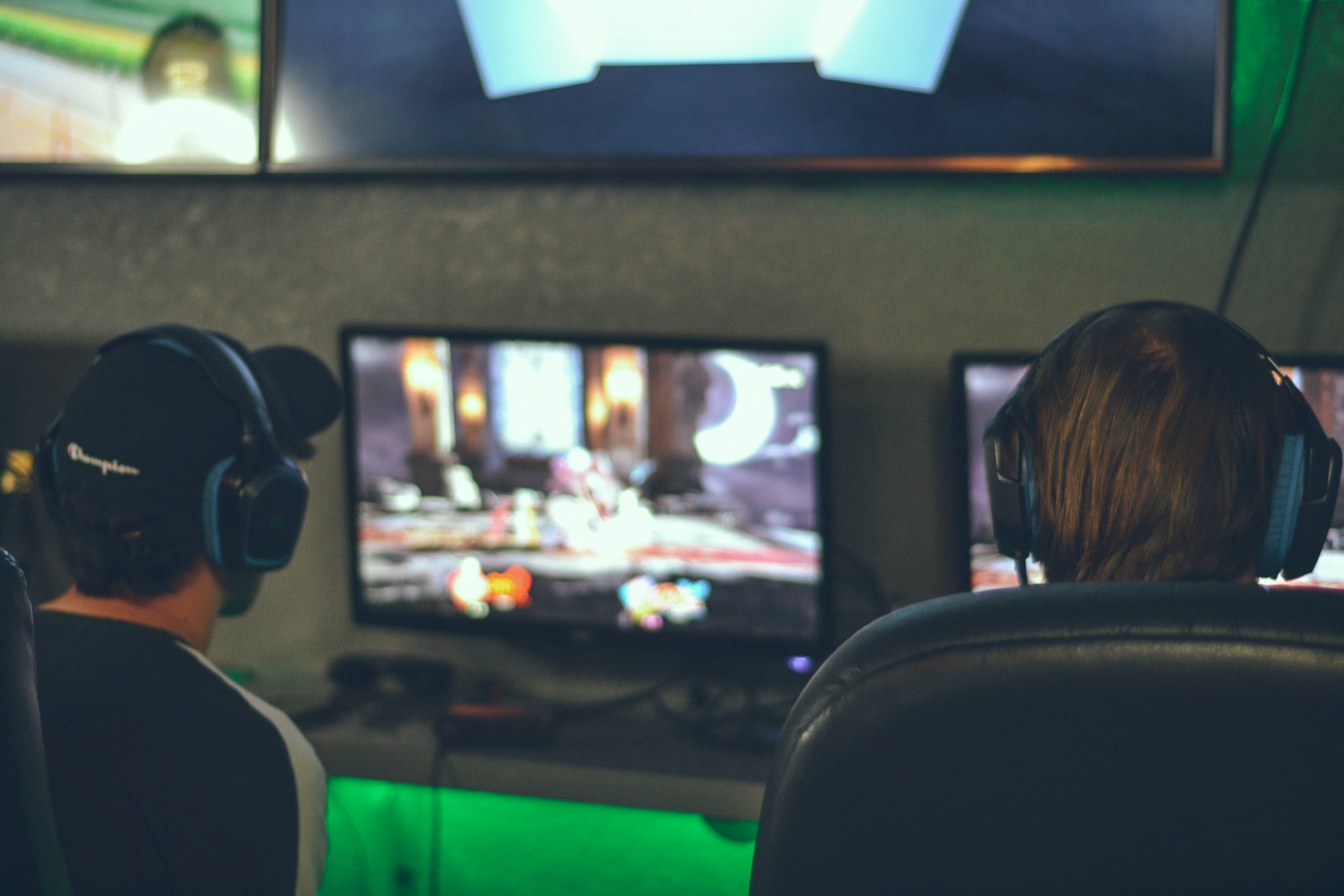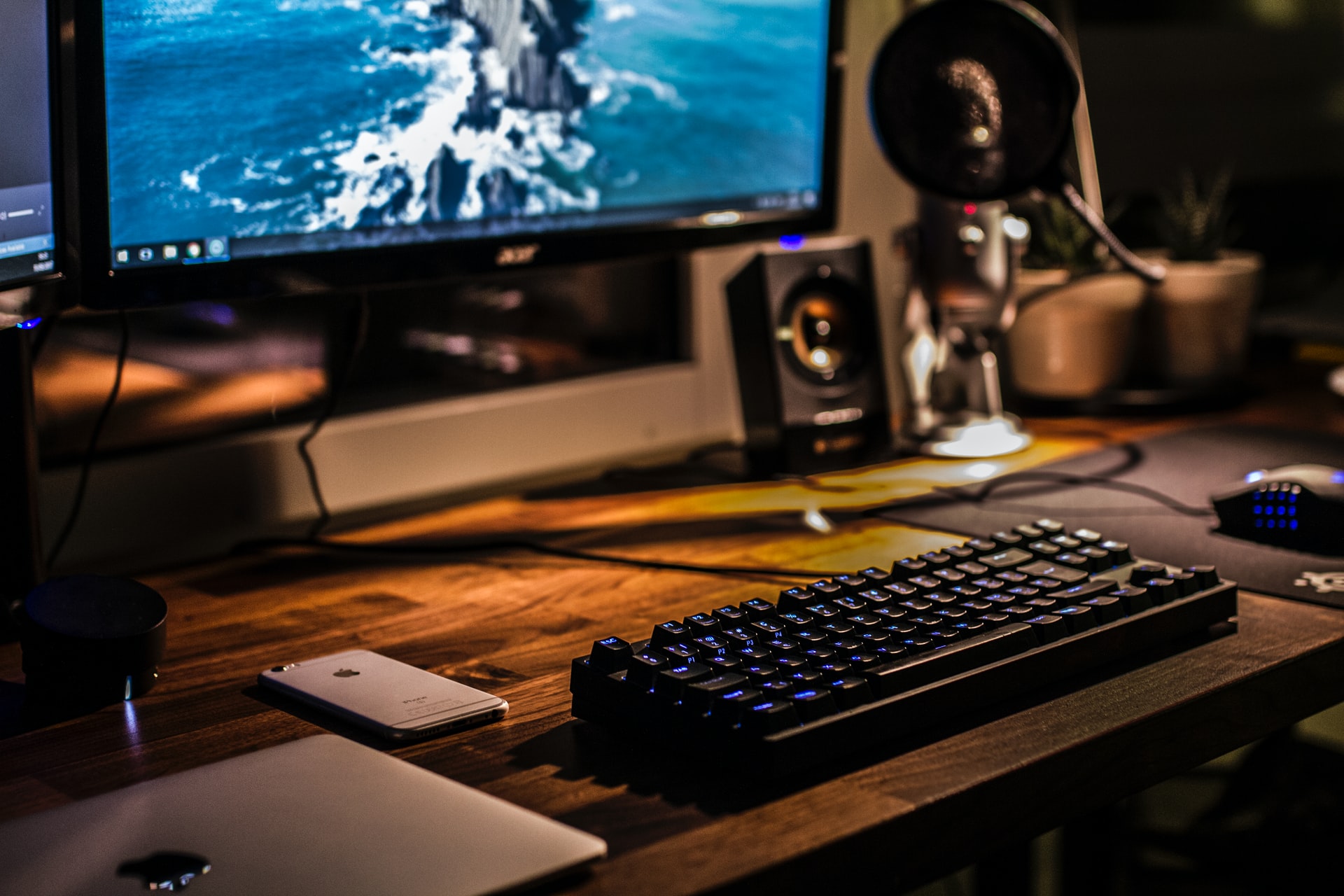One of the most popular mobile games ever, Pokémon GO broke records for being the first to earn $100 million and having the most downloads in its first month of availability. It has received close to $2 billion in sales and 800 million downloads to far. The game continues to be extremely popular despite no longer being the worldwide success it was in 2016.
Many individuals still play Pokémon GO, including myself. I won’t hide the fact that I have a little addiction (I just hit level 40). And while some of my friends make fun of me for playing a “kid’s game,” they frequently do so because they don’t fully comprehend Pokémon GO’s appeal or what makes it unique: Innovative, nominated gaming mechanics that place imaginary creatures in actual locales by using Augmented Reality (AR) technology, which superimposes computer-generated data over your physical environment.
The most significant game in history is Pokémon GO. Its success will undoubtedly have an impact on how future augmented reality experiences are designed for years to come. However, the game’s potential health advantages could potentially have a wider impact on society. This article discusses the research underlying five benefits of the game.
1. Obtaining Sunlight
Parents yelling, “Go play outside!” are familiar to everyone whose childhood involved playing video games in front of the TV. In fact, Pokémon GO compels you to do that. Pokémon GO must be played somewhere; you can’t play it while lying on your backside like most smartphone games can.
Using your phone, you must capture pocket monsters (Pokémon) at particular locations. In order to gather supplies like the “Poké balls” required to capture such creatures, you must also visit “Poké stops,” which are check-in locations at famous locations. You are enticed to run outside and capture them by a tracker that displays Pokémon at close-by stops and uses the local weather to determine which species are accessible. Additionally, you can use the creatures in your collection to engage in “gyms” where you can fight other monsters for rewards like coins that can be spent on helpful stuff.
Playing Pokémon GO exposes you to sunlight, which is necessary for the production of vitamin D. Skin cells use the energy from the Sun to transform cholesterol into one of several fatty compounds known as “vitamin D,” a hormone required for absorbing nutrients from your diet, such as the calcium in your bones. Over 40% of Americans are vitamin D deficient, and nearly 1 billion individuals globally have insufficient levels, which increases the risk of cancer, cardiovascular disease, and other illnesses. And while some people try to make up for it by taking pills (vitamin D supplements lower mortality by 11%), taking too much can have negative consequences.
The best supply of vitamin D is safe exposure to sunlight, and low levels of vitamin D are typically an effect of illness rather than its cause. At specific periods of the year, having adequate light may also help prevent the depression brought on by seasonal affective disorder (SAD). In order to retain a daily streak bonus and catch a few species, a Pokémon GO player can get all the vitamin D they require by just strolling to the closest Pokéstop.
 Physical Exercise
Physical Exercise
If you don’t enjoy exercising, it might be difficult to keep yourself motivated. Making something repetitive less dull, like running, makes me want to do it more frequently. Gamification, the entertaining process of turning something into a game, can boost motivation by providing achievements and other benefits. While some people can use a fitness tracker or smartwatch to gamify physical exercise and compete against themselves, for others, beating a personal best by a few seconds isn’t motivating enough. In these cases, a real game would be preferable.
Pokémon GO provides a variety of incentives to promote physical activity. Players can designate a “buddy” to walk with their in-game avatar and gather candies along the way (used to power up and “develop” Pokémon), and they can place eggs into “incubators” that cause them to hatch after traveling a specific distance (up to 10 km). Additionally, you can purchase a “Pokémon GO Plus,” a small badge-sized gadget that interacts with your phone via Bluetooth so you may spin stops or capture critters at the touch of a button.
2. Nintendo GO Plus
Pokémon GO has been proved to enhance physical activity, according to numerous scientific research. According to player reports, one study discovered that the game increased the percentage of people who walk more than 10,000 steps per day (roughly 4 kilometers) from 15% to 28%. Another revealed that playing increased moderate to vigorous physical activity by about 50 minutes per week and decreased sedentary behavior (such as watching TV and playing online games) by 30 minutes per day. Both investigations showed that those who are overweight or obese are more likely to experience the effect.
According to studies that tracked movement using a smartphone app, physical activity is only noticeably higher in young people who play three times each day. Based on data from wearable fitness bands, researchers estimate that during its height in summer 2016, Pokémon GO Mod Menuz increased US activity by 144 billion steps, or the equivalent of walking around the equator 2724 times. Devoted gamers also increased their daily exercise by 26%.
According to an early poll of new players, participants took almost 1000 more steps the first week the game was available. The media used provocative titles like “Exercise impact short-lived” and “Sorry, Pokemon Go devotees, playing the video game doesn’t count as a real workout” after the additional activity, however, had reverted to pre-Pokémon levels six weeks later. However, such claims fail to distinguish between the impact on public health (a population) and individual health, which leads to the erroneous conclusions (an individual).
The future of healthcare is personalized medicine, which makes it virtually immaterial if an intervention has an impact on the group as a whole. The most important result is for people to discover an activity they enjoy enough to continue practicing, whether it be sports, yoga, or augmented reality games, so that it improves their own health. Pokémon GO may not be for everyone, but for certain folks, it can help them stay active (whether it encourages you to keep exercising is predicted by three personality traits: agreeableness, perseverance and premeditation).
3. Investigating nature
If you find metropolitan areas cramped, going to a local park or the open countryside can be very relaxing. However, a pointless stroll about can seem like a waste of time in today’s hectic world (in the UK, just 40% of individuals spend time near greenery throughout the week, and the biggest excuse given is “lack of time”).
Pokémon GO adds new motivations for exploring parks and other green areas through gamification. The basic objective is to “capture ’em all,” as the cartoon theme song put it. With hundreds of various “species” to choose from, obtaining the ones you need can be difficult. Additionally, the geography of your location can affect whether a particular Pokémon is widespread there; for example, you will discover different species near water than in a desert “biome.” Parks are “nests” of specific Pokémon, therefore visiting them can help you finish your collection. Local Facebook groups and online communities like the Silph Road frequently maintain an updated list or map of which species can be found there, as the species at nests typically migrate every two weeks.
A benefit of being in nature is breathing in the clean air that plants produce. When there is less pollution, children’s lungs function better and have fewer hospital-required respiratory problems or asthma attacks. When it comes to attention and working memory tests, children who commute along green pathways between their homes and schools perform better cognitively. Between 20 and 65 percent of this improvement is attributed to air pollution from traffic.
Urban living is terrible for your brain since psychiatric illnesses are more common there. For example, compared to rural areas, 20% more persons are likely to experience anxiety and 40% more are likely to experience mood disorders. A 90-minute stroll through a forest compared favorably to a walk through an urban area in terms of brain activity, suggesting that spending time in nature may lower your risk of depression.
Playing Pokémon GO can aid with mental health because it lessens psychological strain in adults. Dog owners can also benefit physically and psychologically from the game, which is a bonus for people who go to parks anyway. A group of scientists has suggested a research agenda for enhancing engagement with nature based on its numerous health benefits. Citing the popularity of Pokémon GO, they suggested that you might build smartphone apps to recognize trees and birds to help people connect with their environment.
 4. Interaction with Others
4. Interaction with Others
It can be challenging to socialize, particularly for those with particular personality traits. I’m an introvert, for instance, which is sometimes misinterpreted to suggest that a person is shy, anti-social, or dislikes being around others, none of which are accurate. In actuality, introversion results from a loss of mental energy from social interaction, whereas extroverts experience a gain in energy.
Playing outside while playing Pokémon GO can result in unwelcome social interactions, therefore it’s best to avoid eye contact with others when near Pokéstops and gyms. The success of in-game objectives is predicted by personality differences in gameplay behavior, according to psychologists: extroversion and social competence lead to gaining more creatures, experience points (XP), and traveling farther, while social anxiety makes players feel self-conscious and hinders their progress.
But as the researchers note in their conclusion, “our results suggest that aspects of [Pokemon GO] can possibly be leveraged to create social opportunities for individuals who may struggle in this area, contrary to the popular belief that video games are detrimental to the development of social relationships.” Pokémon GO may be able to aid young people who are very socially withdrawn, according to psychiatric professionals. Since these studies, the game has introduced difficulties known as “raids,” where a boss briefly occupies a gym. Only roughly six players can defeat tough legendary raid bosses, necessitating collaboration and coordination.
Thanks to the integration of technology into daily activities and a shared passion for the game, Pokémon GO strengthens social ties and increases social connectedness by fostering a “sense of belonging” to a location. In other words, players have a shared interest that serves as an icebreaker to avoid awkward small talk.
5. Brain Exercise
Playing video games can enhance cognitive function. The question of whether games train your brain to perform better at other tasks has grown contentious, though, as some developers make claims about their game’s effectiveness without providing any solid evidence (Lumosity is a notorious example, which the US Federal Trade Commission criticized for false advertising).
Does Pokémon GO improve your intelligence? There hasn’t been much research done yet, but one study found that teenagers’ social IQ and cognitive skills increased after playing for two months (including selective attention and concentration levels). The lack of improvements in memory, mathematical computation, or linguistic thinking noted by the researchers could be explained by the fact that lengthier gaming sessions would be necessary to see improvements in these areas.
Pokémon GO differs from other brain-training games in that it also encourages physical activity. Physical activity enhances working memory, which in turn improves cognition by assisting youngsters in the development of abilities like spatial awareness and cause-and-effect linkages. This effect could be explained by a number of methods, such as altering the white matter’s architecture in the brain to boost neurons’ productivity.
Navigation may be an additional advantage. Understanding how your town’s many neighborhoods are connected requires knowledge, as taxi services demonstrate: Uber drivers frequently use GPS to guide you from point A to point, but London black cab drivers must study for three to four years and pass an exam to demonstrate that they have “the knowledge” of the city’s streets. The brain’s structure changes as a result of learning the layout, according to science, providing cab drivers superior memory and more gray matter in their hippocampus.
However, players like myself could provide anecdotal evidence that walking along unfamiliar roads to find specific Pokémon or traveling to a far-off nest/park helps you to build a mental map of your home town. As of yet, there hasn’t been research on the possibility that Pokémon GO improves navigation skills. In fact, experts think that games with a geographic component, like Pokémon GO, teach us about geography by revealing how we perceive and comprehend space.
Soon after Pokémon GO’s launch, academic studies highlighted possible health advantages of playing it. Here I’ve outlined the scientific rationale for five of those benefits: obtaining sun exposure, engaging in physical activity, discovering nature, interacting with others, and cognitive training. What other game tempts you to hurry outside in the rain to capture a rare Lotad or battle a weather-boosted Kyogre? But the game also includes benefits that are difficult to quantify, including “character growth.”
The goal of Pokémon GO, according to Niantic, the game’s creator, is “exploration, exercise, and social engagement.” However, some of the company’s choices run counter to that assertion. For instance, it favors a play style in which you frequently return to the same gyms for raid encounters. The most fun components, which correspond to visiting nests and raids, are exploration and cooperation, according to a short study based on interviews with parents and kids. This suggests that Niantic should focus on those elements in order to align with its goal statement.
Pokémon GO is sometimes referred to as a “exergame” (exercise game), however that label is only partially accurate because the game is more about entertainment than exergaming. Prior to evaluating its efficacy as a health intervention, this is an important factor to take into account. That’s significant because a person’s perceived outcomes—more exercise, socializing, or an improved mood—are influenced by personal reasons to play the game, as I noted when outlining the advantages of physical activity.
Though serious players could have benefited the most from it, virtually all scientific research on Pokémon GO has focused on casual players, which I’d define arbitrarily as those who are below level 30 and play for under 15 minutes each day. Long-term studies (lasting, say, a year) have not been conducted either. Future studies should distinguish between passive play, which is made possible by mindlessly pressing a button on a Pokémon GO Plus accessory, and active play, which involves attempting to capture creatures by throwing Pokéballs on a smartphone screen. If it weren’t for this accessory, I would have given up playing Pokémon GO long ago.
The ideal game for many individuals is Pokémon GO. I’ve made new friends in my neighborhood over the past 15 months and have been welcomed at raids from Angoulême, France, to Boston, USA. So Pokémon GO isn’t just a game-changer; it’s a life-changer if you’re anything like me and need extra motivation to become fitter and healthier.

